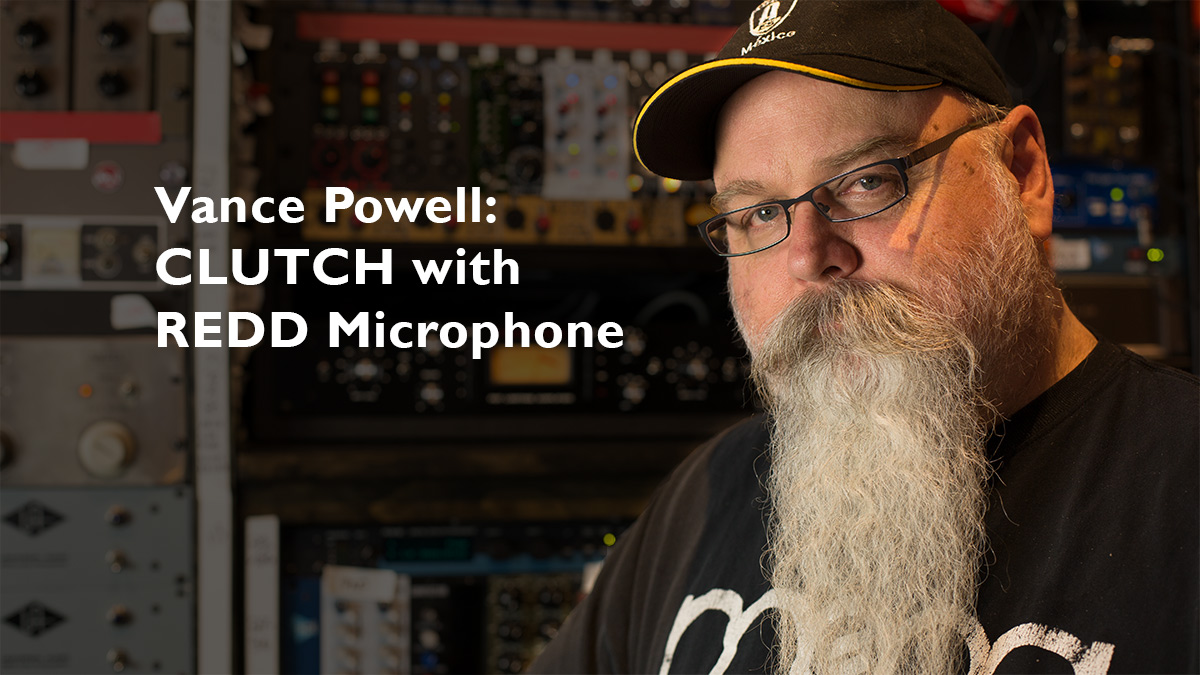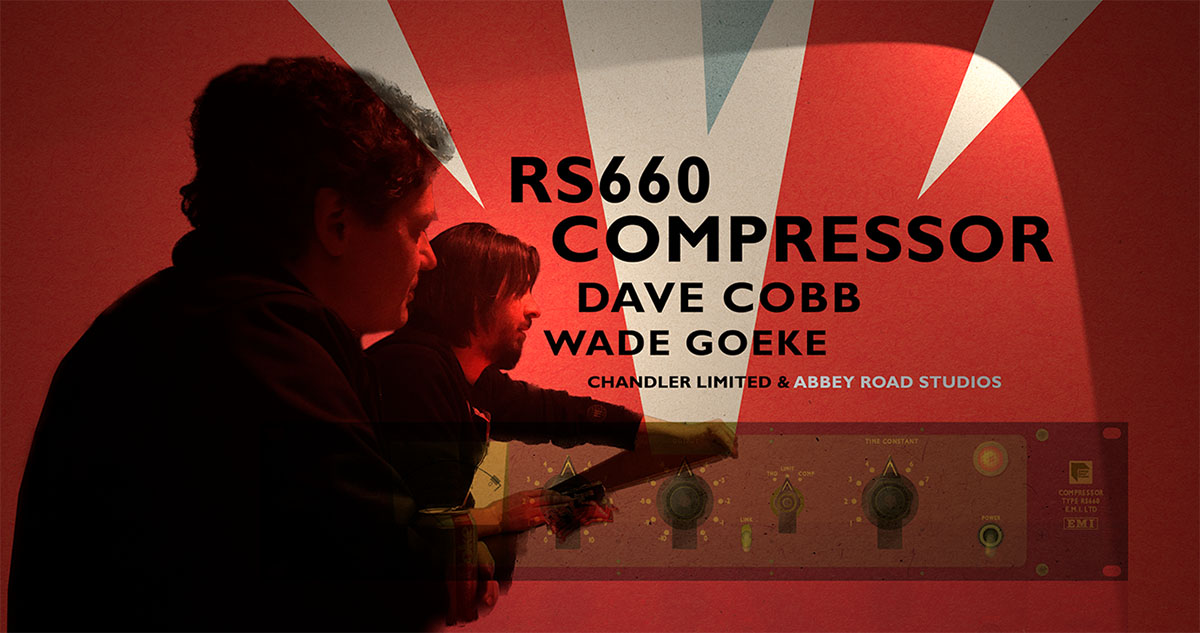TG1 Abbey Road/EMI Series Limiter/Compressor
by Rob Tavaglione, 7.15.2008
Audio Media – Sept 2008
This recreation of the classic and rare EMI TG12413 is a sturdily built, incredibly flexible limiter/compressor with unique “rack appeal.”
Ironically, our modern digital production environment has made most things retro and analog very desirable again. This trend can be easily recognized in the line of classically inspired products from American manufacturer Chandler Limited.
Case in point is the TG1, a limiter/compressor emulating the EMI TG12413 Limiter that was so abundantly used at Abbey Road Studios, built into EMI consoles and heard on countless records by the Beatles, the Rolling Stones, Pink Floyd, and others. The original TG12413 was actually made to replicate the sound of the Fairchild 660/670, with its ability to warmly color the sound and it’s propensity for “pumping.” It’s a worthy heritage and these are lofty goals, indeed; does the Chandler TG1 really claim such hallowed ground?
Features
According to Chandler, the stereo/dual mono TG1 “has been remade from the original design information and circuit board drawings as provided by Abbey Road and EMI to ensure extreme authenticity!” This EMI/Abbey Road Series product is built right with a solid steel, industrial chassis and nothing but top-notch components both inside and out. This includes all discrete circuitry, transformers on both input and output and a diode network for gain reduction; such diode networks create a smooth, pleasing distortion (i.e., many older Valley People products). This design was selected to emulate the prevalent Fairchild 660s and 670s of the day with transparency at conservative levels and a certain “squishy” quality at more extreme settings.
The TG1’s look is classic with a pair of unique, kidney-shaped VU meters for gain reduction and colorful “chicken head” knobs on a 2U chassis. The rear panel sports nothing but a pair of XLRs for I/O and an XLR4 jack to connect the TG1’s PSU-1 power supply. Each PSU-1 can power two Chandler units (convenient should you get hooked and buy a second unit). The front panel contains the two meters, a power switch, a stereo or dual-mono selector, two THD/Limiter switches, two bypass switches, two input knobs, two stepped output knobs and two six-position release knobs.
The TG1 also offers a unique feature beyond its gain reduction “raison d’etre” — a mode called THD. In this mode, signals run through all the TG1’s circuitry except the threshold of the compressor/limiter, imparting anything from a subtle hi-fi sheen (à la the transformers) to a maximum of two percent distortion (reportedly double that of analog tape) by driving the input hard.
In Use
With a hopping schedule and no time to waste, I had to jump right in with the TG1 on a critical tracking date, applying it to my stereo drum overheads (using a Sennheiser MKH 8040 pair, ORTF configuration, and Earthworks 1024 mic preamps with thick Monster cables) directly to my multitrack. This gorgeous signal path picked up ridiculous amounts of drum detail and realism, but the TG1 proved to be the “color” of the rig. I was hoping for just a little grit and saturation, so I hit the front end hard, selected the limiter and got about 9 dB of gain reduction. However, the release was pumping too much so I slowed it, but the slowest release setting reduced some of the color and excitement factor. I backed off on the input a touch and settled on a release of 4; that got me some pleasant aggressiveness without audible pumping.
I also tried a number of parallel processing tasks with the TG1 using the subgroup inserts of my Soundcraft Ghost mixer with mostly great results. A stereo subgroup of drums was subtly enhanced with the TG1 set for THD — bypassing the working parts, but gaining a little extra presence that could be helpful. Set on compression, the TG1 could simply do no wrong no matter how I set it up; whether hitting it hard with a slower release for rock ‘n’ roll aggression or lightly tapping the front end and allowing a faster release, this is simply a dream compressor for drums and vocals. Set up as a limiter, I had much less pleasing results, too much of that trademark pumping was easily achieved; you’d have to watch input and release to get usable limiter settings. Don’t get me wrong, I found a wealth of sounds here, too, but I’m just pointing out that care is required.
Bass guitar and synths are massaged by the TG1 in ways that are so good they’re almost sexual. I tried every setting the TG1 can do with bass guitar, and I found merit with nearly all of them. Whether compressing or limiting — dirtily with fast releases or cleanly with slower ones — this box screams “bass guitar!” This much flexibility in dynamic and tonal shaping is a mixer’s delight; just be prepared to tweak around for a while as you’ll probably enjoy the myriad of combinations she can grant the curious.
The TG1 can do some very nice guitar things in this parallel manner as well. I found myself using it gently as a compressor with moderate release as a nice glue that held my guitars together without tearing at their delicate balance. Already distorted guitars will prefer compressor settings over limiter ones, but either way the TG1 never got muddy like some compressors do on guitar tracks.
Inserted on your mix, the keyword for the TG1 is caution. Although subtler settings are easily achieved, be careful to avoid hitting the front end too hard or allowing too quick a release. If you are looking for some bite or edge, just watch the relationship between input and release times; their interactive nature will allow success to the patient.
Conclusion
There’s no doubt about it: the TG1 is the real deal and is flexible enough to accomplish most of all dynamic control tasks. Fact is, every studio needs one, but the list price will be a barrier for many users. The TG1 may be expensive, but it sounds expensive — much like the aforementioned Fairchild 660/670, but at a fraction of the price — whether lending your mixes subtle sheen, some aggressive rock ‘n’ roll grit or pumping your overheads in a way that would make Ringo long for the throne again. In the age of digital production, it’s nice to have such a “retro” piece that’s not virtual, not looking at obsolescence, and permanently desirable.
—Rob Tavaglione






